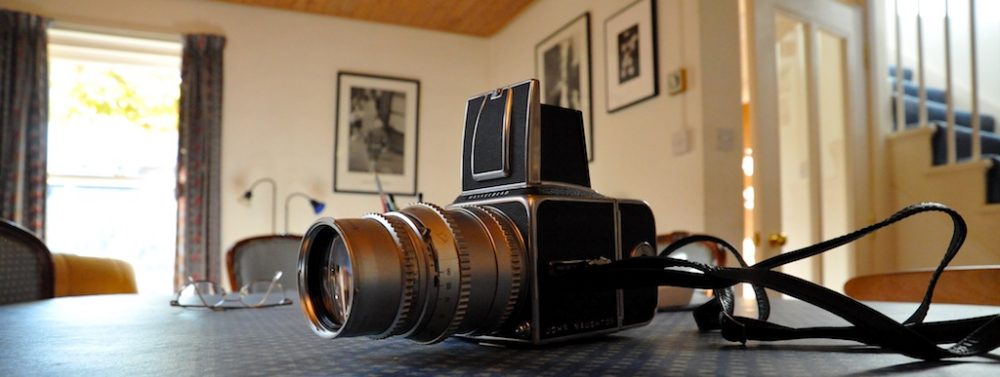… about user-generated content. This article about YouTube continues the theme. Excerpt:
YouTube and other video-sharing Web sites signal a shift in the way entertainment will be made and consumed in the future. They’re creating a new form of television that’s at once personal, grass-roots and unfettered.
With the emergence of technology for easily sharing video over the Internet, viewers are gaining the autonomy to choose what, when and where they watch — be it on an iPod, laptop or desktop computer. And the masses are getting an opportunity to create and experiment with video while bypassing the central filter of a TV network.
No company epitomizes these rapid changes more than YouTube. In the past six months, YouTube, a 27-employee company housed above a pizzeria in San Mateo, has become a new global stage.
Visitors to the site view more than 50 million videos a day, mostly made by amateurs. Its audience has mushroomed to 12.5 million a month, making it the chief place people go online to watch video. It has become one of the 50 most visited Web sites overall….
Hmmm…. Wonder what their monthly bandwidth charges are like.
On the other hand…
Web sites such as YouTube, whose motto is “Broadcast Yourself,” have a long way to go before killing off the boob tube. In a recent survey for the Online Publishers Association, 24 percent of Internet users said they watched online video at least once a week and only 5 percent watched it daily. The average person watches 4 hours and 52 minutes of TV a day, according to Nielsen Media Research. On average, each YouTube visitor spends nearly 16 minutes on the site, according to Hitwise, an online measurement firm in New York.
For now, YouTube is a pastime mostly for the young. Thirty-one percent of its visitors are 18 to 24, according to Hitwise. And that is probably the age range of most of YouTube’s budding video makers.
But that only emphasises the point I was trying to make in my lecture. Nobody is saying that YouTube means the end of broadcast TV, any more than blogging means the end of journalism. It’s just that user-generated content brings new organisms into the media ecosystem, and changes the relationships between its components. The only things we can say for sure at the moment are that: (a) the old, near-total dominance of push-media and publication gatekeepers is eroding; and (b) the media ecosystem is rapidly becoming much more complex. For a fuller argument, see Yochai Benkler’s new book.


